By: Jeanne von Zastrow, Senior Director for Sustainability, Food Marketing Institute
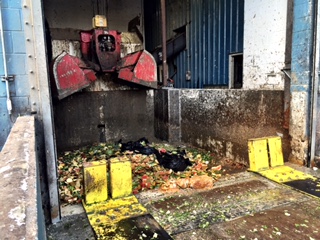
Food waste has real power. I recently had the opportunity to witness the difference food waste can make to not only a community, but also our environment. A few weeks ago, the Food Waste Reduction Alliance, which was created by FMI, GMA and National Restaurant Association to address food waste as an industry, held a meeting in Orlando, FL and we took some time to experience the power of food waste first hand.
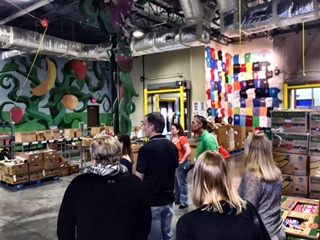 First, we toured Feeding America’s local member Second Harvest Food Bank of Central Florida and saw first-hand the power of food banks in recovering excess or wasted food across the industry. This local food bank collects, stores and distributes donated food to more than 550 feeding partners in six Central Florida counties. Last year, with the help of numerous donors, volunteers and a caring, committed community, the food bank distributed nearly 64 million pounds of grocery products—the equivalent of more than 53 million meals –to partner programs such as food pantries, soup kitchens, women's shelters, senior centers, day care centers and Kids Cafes. We toured the warehouse facility and saw how volunteers sort produce and product picked up at retail as well as impressive dry, refrigerated and frozen storage facilities.
First, we toured Feeding America’s local member Second Harvest Food Bank of Central Florida and saw first-hand the power of food banks in recovering excess or wasted food across the industry. This local food bank collects, stores and distributes donated food to more than 550 feeding partners in six Central Florida counties. Last year, with the help of numerous donors, volunteers and a caring, committed community, the food bank distributed nearly 64 million pounds of grocery products—the equivalent of more than 53 million meals –to partner programs such as food pantries, soup kitchens, women's shelters, senior centers, day care centers and Kids Cafes. We toured the warehouse facility and saw how volunteers sort produce and product picked up at retail as well as impressive dry, refrigerated and frozen storage facilities.
We also saw the Darden Foundation Community Kitchen—a 2,000-square-foot commercial kitchen space designed as an integral part of Second Harvest's holistic approach to fighting hunger and poverty. In this dynamic space, the food bank teaches foodservice skills to adults and has in-house full-service catering with affordable event space for meetings or seminars.
Our second stop took us to Harvest Power, a company whose vision is to find the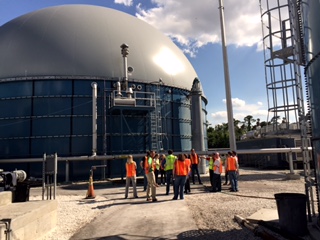 highest and best use for the 500 million tons of organic material produced in North America each year. Currently, compostable organic material makes up the largest and heaviest portion of the overall waste stream in the U.S., according to the U.S. Environmental Protection Agency. The majority of organic material is discarded with waste and hauled to distant landfills. In Central Florida, about 24 pounds of food waste enters a landfill every second –or more than 1,000 tons per day.
highest and best use for the 500 million tons of organic material produced in North America each year. Currently, compostable organic material makes up the largest and heaviest portion of the overall waste stream in the U.S., according to the U.S. Environmental Protection Agency. The majority of organic material is discarded with waste and hauled to distant landfills. In Central Florida, about 24 pounds of food waste enters a landfill every second –or more than 1,000 tons per day.
In February 2014 Harvest Power unveiled their Central Florida Energy Garden, an organics management and renewable energy facility. The facility converts more than 120,000 tons of commercial food waste, FOG (fats oils and grease from restaurant grease traps) and biosolids each year into renewable green electric and thermal energy and natural fertilizers. The anaerobic digester combines a unique set of proven technologies that produce 3.2 Megawatts of electrical energy, 2.2 Megawatts of thermal energy, and 5,000 metric tons per year of granular fertilizer. The facility diverts hundreds of thousands of tons of waste from Central Florida landfills while returning 150,000 gallons a day of water back for beneficial reuse around the district. Restaurants, grocery stores, hotels and food processors throughout the region are now able to send food scraps to the Energy Garden to help reduce and reuse organic material, increase renewable energy production and revitalize soil to boost local agriculture.
As I saw first hand on our tour, our major objective as an industry is to get wasted food out of landfills by reducing food waste throughout the supply chain, recovering food that would have been wasted to help feed the hungry and recycling all unavoidable food waste for productive use. From what I witnessed, this goal is in action and demonstrate that there truly is power in food waste.
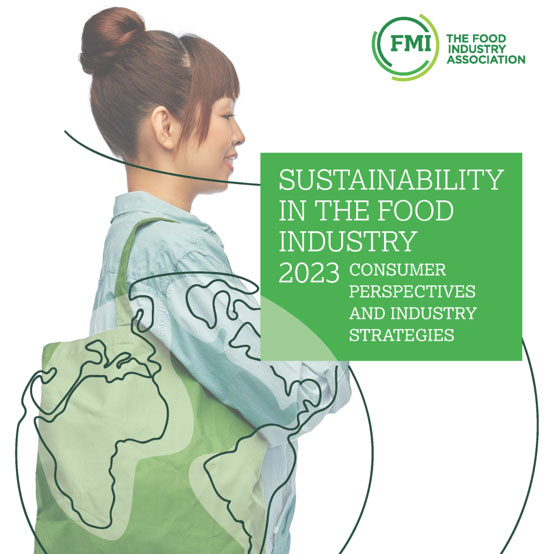
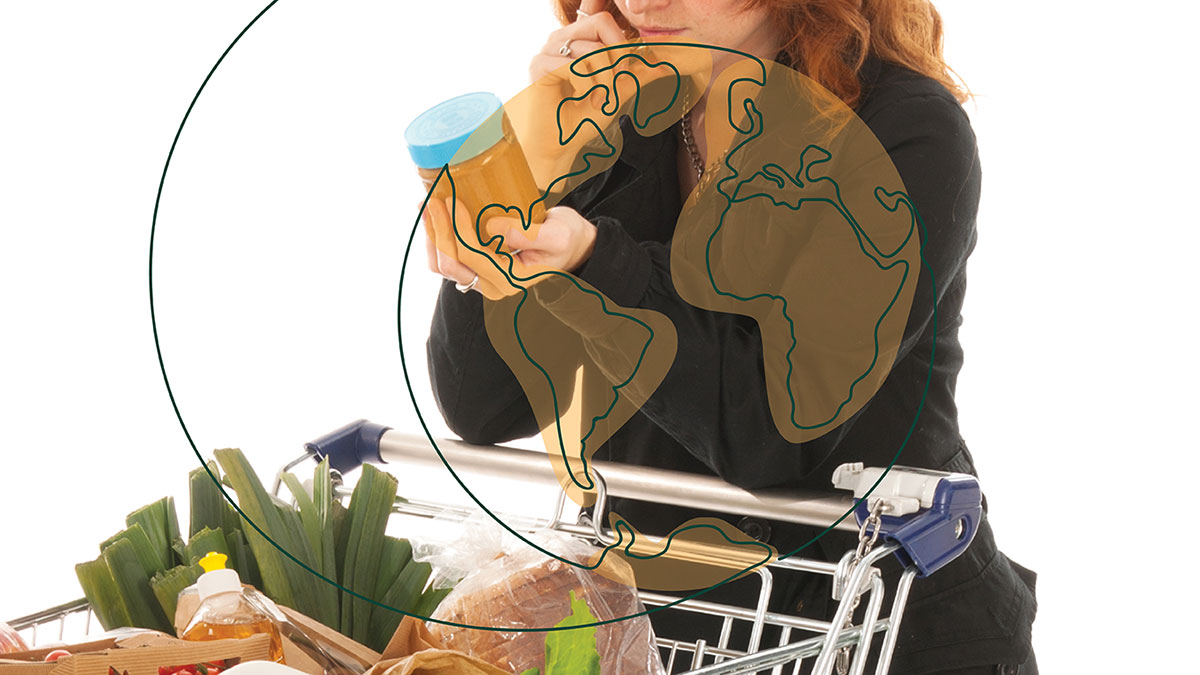
 Industry Topics address your specific area of expertise with resources, reports, events and more.
Industry Topics address your specific area of expertise with resources, reports, events and more.
 Our Research covers consumer behavior and retail operation benchmarks so you can make informed business decisions.
Our Research covers consumer behavior and retail operation benchmarks so you can make informed business decisions.
 Events and Education including online and in-person help you advance your food retail career.
Events and Education including online and in-person help you advance your food retail career.
 Food Safety training, resources and guidance that help you create a company food safety culture.
Food Safety training, resources and guidance that help you create a company food safety culture.
 Government Affairs work — federal and state — on the latest food industry policy, regulatory and legislative issues.
Government Affairs work — federal and state — on the latest food industry policy, regulatory and legislative issues.
 Get Involved. From industry awards to newsletters and committees, these resources help you take advantage of your membership.
Get Involved. From industry awards to newsletters and committees, these resources help you take advantage of your membership.
 Best practices, guidance documents, infographics, signage and more for the food industry on the COVID-19 pandemic.
Best practices, guidance documents, infographics, signage and more for the food industry on the COVID-19 pandemic.
